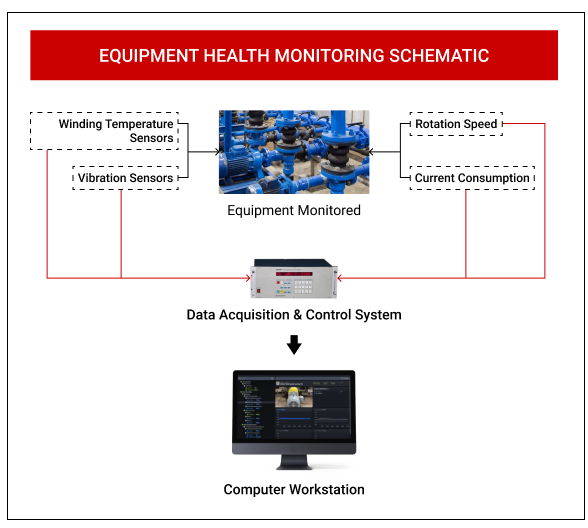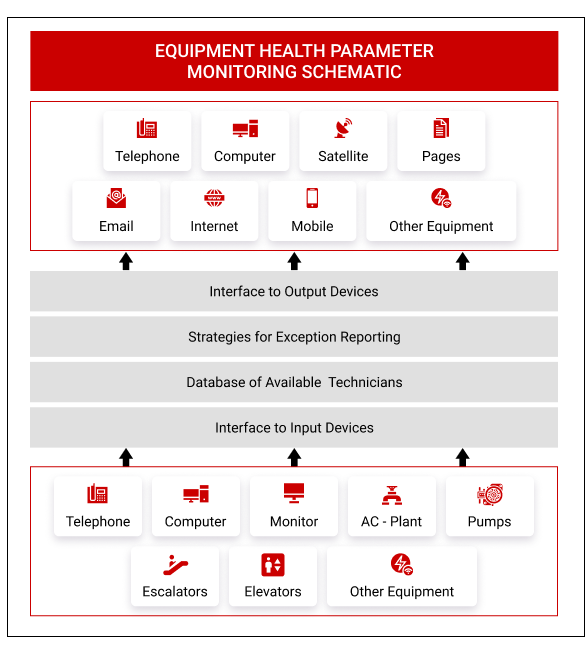Automation for Proactive Maintenance
Image a 5-star hotel having a bank of swanky elevators. Due to improper or inadequate maintenance, one elevator develops a snag and the guests are trapped inside...
August 2020
In Industries, hotel, hospitals and other commercial complexes, maintenance is a necessary evil. It is an activity, which all managers want to wish away. It is therefore not surprising to find that the maintenance department is located in the most unwanted location in the building, generally in the lower most basement, with very little ventilation and fresh air. With such an attitude towards maintenance, it is very natural that maintenance is a neglected activity.
Reactive Maintenance:
Most owners and their advisers, believe that maintenance of any equipment, gadget or instrument needs to be done only when it breaks down. This approach is “Reactive Maintenance” or knee-jerk reaction. Image a 5-star hotel with swanky atrium and lobby, teeming with people cheking in and out. Right at this moment, one of the elevators breaks down trapping a few people inside and causing immediate panic and chaos in the lobby. This is not great advertisement for business.
Proactive Maintenance:
Most of the expensive equipment come with a checklist of maintenance activities to be done periodically after certain days/ months of operation.
This is a very generic and unscientific basis of scheduling maintenance. For example consider replacement of air filters in an air-conditioning system.
If the property is on the main road at a major intersection where there is heavy traffic. Cars stop and start at this junction. As opposed to this scenario,
consider a property which is located on the mountain side surrounded by trees and nature. Do you think that the air filters need to be cleaned on a similar
periodicity?
Machines, Equipment, Gadgets are like human being, they react differently given different environments. They need to be treated accordingly.
Applying the same analogy of human beings to Machines, we can conclude that, just like humans, every machine/ equipment will have some critical health
parameters which can give a fair indication of the health of that machine/ equipment. Each machine will have a set of parameters which can be monitored.
From the manufacturers experience and data, Threshold Limits can be set up for each parameter for each machine.

We connect sensors to measure these health parameters and once the value crosses a givem threshold limit an alarm can be generated and the engineer
can take up the maintenance at a suitable time which causes least inconvenience to the inmates of the building.
In the previous example of the elevator developing a snag/ fault, if the health parameters of the elevator were monitored, the maintenance team
would have been alerted in advance and they could have planned a graceful shutdown at night when the elevator traffic is the least. This would have
saved the customers a lot of trouble and prevented chaos and panic.

The process of pro-active maintenance can be escalated to any levels, so that the top management is apprised of the issues involved and are not
caught by surprise when a replacement is warranted.
By storing the analysing data over a period of time, useful inferences can be derived about asset replacement strategies and othere strategy defining
revelations. We are then in a position to move towards predictive maintenance and thereby ensure that the machine/ equipment performs at its peak
efficiency all through its life cycle.
Copyright © 2022. All Rights reserved by Symtotal Software Pvt.Ltd






